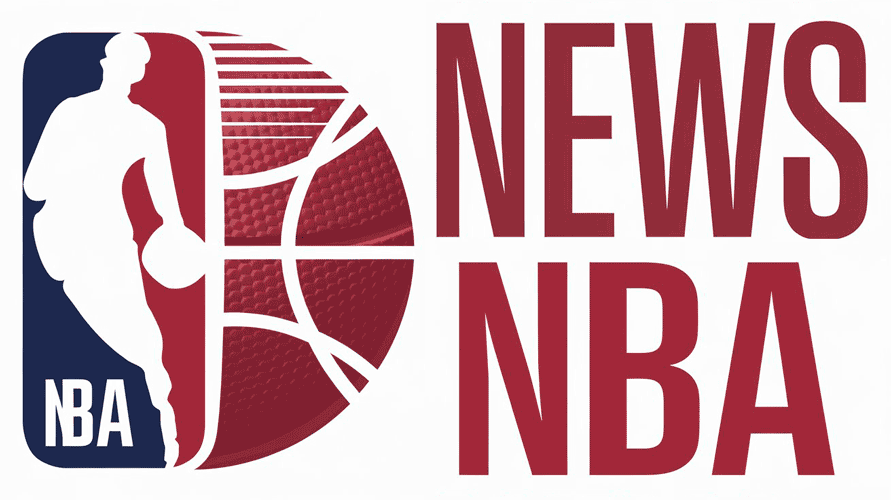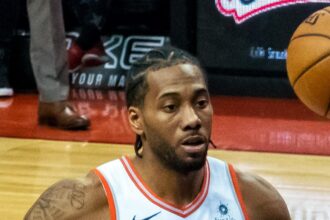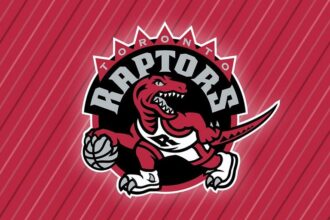As the NBA trade deadline approaches, the Golden State Warriors find themselves at a critical juncture. Recent statistical analyses highlight two key areas where the reigning champions are falling short, underscoring the urgency for targeted roster moves. These metrics not only reveal vulnerabilities that could hamper the team’s quest for another title but also pinpoint the specific gaps that management must address before the deadline. In this article, we break down the numbers that make a compelling case for why the Warriors’ biggest trade deadline need is clear-and why swift action could make all the difference in their championship pursuit.
Warriors’ Defensive Efficiency Reveals Urgent Need for Rim Protection
The Warriors’ defensive metrics this season highlight an alarming deficiency at the rim that opponents have relentlessly exploited. Despite their offensive firepower, Golden State ranks near the bottom of the league in opponent field goal percentage within 3 feet of the basket. This vulnerability has forced them into difficult defensive rotations, often leaving perimeter shooters open. The lack of a dominant rim protector means the Warriors frequently lose the battle inside, contributing to their defensive efficiency rating sagging below the playoff contender threshold.
Key defensive vulnerabilities include:
- Opponents shooting over 68% on shots at the rim against Golden State
- Lowest frequency of blocks per game compared to Western Conference rivals
- Defensive rebounds often conceded to the opposing second chance opportunities
| Stat | Warriors | Western Conf. Avg |
|---|---|---|
| Opponent FG% at Rim | 68.3% | 59.7% |
| Blocks Per Game | 4.2 | 6.8 |
| Defensive Rebound % | 71.4% | 75.6% |
For a team built around motion and spacing, bolstering rim protection cannot be overstated. Addressing this issue ahead of the trade deadline will not only reduce easy buckets but also allow the Warriors’ versatile defenders to apply more pressure on perimeter shooters without sacrificing paint coverage. Upgrading this area of the roster is becoming less of a luxury and more of an urgent necessity if Golden State aims to remain competitive in the tightly contested Western Conference playoff race.
Offensive Turnover Rate Underlines Importance of Adding a Reliable Playmaker
The Golden State Warriors’ offensive turnover rate has emerged as a glaring concern amidst their championship aspirations. Ranking near the bottom of the league in this key metric, the team’s inability to maintain possession under pressure highlights a pressing need for a steadying presence in the backcourt. Without a reliable playmaker to orchestrate the offense and limit costly miscues, the Warriors risk undermining their scoring potential and stretching their defense thin as they chase another title run.
Key factors exacerbating the turnover issue include:
- Young and inexperienced ball handlers struggling against aggressive defenses
- Over-reliance on isolation plays, leading to hurried decisions
- Lack of a consistent floor general to control game tempo and facilitate efficient ball movement
| Metric | Warriors Rank | League Avg |
|---|---|---|
| Offensive Turnover Rate | 26th | 15.2% |
| Assist-to-Turnover Ratio | 22nd | 1.42 |
Addressing this flaw extends beyond simply plugging a statistical hole – it requires injecting a veteran playmaker capable of making split-second reads and earning teammates’ trust. A dependable facilitator reduces errant passes, boosts assist numbers, and ultimately helps preserve possessions. As turnover woes persist, the urgency intensifies for the Warriors to acquire a guard whose offensive savvy can transform broken possessions into scoring opportunities, closing the gap between potential and execution.
Targeting a Versatile Big Man Could Address Both Defensive and Offensive Shortcomings
In the current Warriors lineup, the glaring absence of a dynamic big man capable of impacting both ends of the floor is apparent. Their struggles in rim protection and rebounding highlight a defensive gap that has allowed opponents to exploit the paint far too often. Equally concerning is the lack of consistent interior scoring, putting additional pressure on perimeter shooters to carry the offensive load. Targeting a versatile big man who can guard multiple positions and contribute offensively would provide the team with the necessary physicality and skill to elevate overall performance.
Strategically, acquiring this type of player addresses two crucial stats that the Warriors have faltered in: opponent points in the paint and offensive efficiency in half-court sets. A player who can protect the rim while spacing the floor creates a synergy that strengthens defensive schemes and opens driving lanes for teammates. Below is a quick comparison illustrating the Warriors’ current defensive and offensive deficiencies versus the impact a versatile big man can offer:
| Stat Category | Current Warriors Output | With Versatile Big Man |
|---|---|---|
| Opponent Points in Paint | 52.3 per game | Under 45 per game |
| Offensive Efficiency | 108.2 (PPP) | 110.5+ |
| Rim Protection & Blocks | 0.6 blocks per game | 1.4+ blocks per game |
| Pick-and-Roll Scoring | 18.1 points allowed per 100 possessions | 15.0 points allowed per 100 possessions |
- Improved defensive versatility: Ability to switch on pick-and-rolls and protect the rim effectively.
- Enhanced interior scoring: Reliable post-up and pick-and-pop options to diversify the offense.
- Rebounding edge: Securing defensive boards to limit second-chance points and fuel transition opportunities.
In Summary
As the Golden State Warriors approach the trade deadline, the stark reality highlighted by these two key statistics underscores a critical need for roster reinforcement. With offensive efficiency and defensive consistency both presenting challenges, addressing these areas through strategic acquisitions may prove essential for sustaining their championship aspirations. How the Warriors respond in the coming weeks could very well determine the trajectory of their season.














